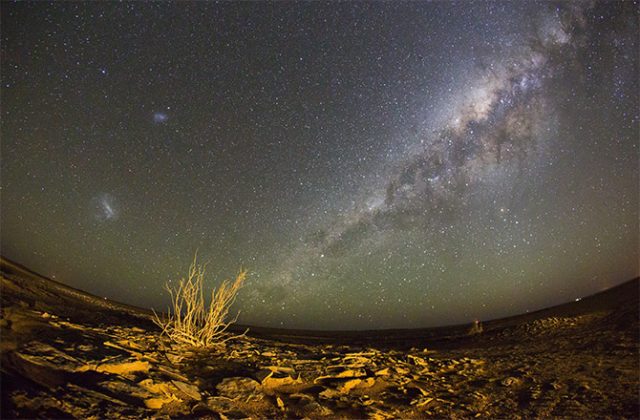MI weekly selection #120

Star ring at edge of Milky Way may actually be part of galaxy
A ring of stars surrounding the Milky Way may, in reality, be part of it, increasing the galaxy’s size by 50%.
Ideas about hibernation challenged by warm dormant bats
Two species of bats have been found hibernating in caves considered too warm for the practice, a find that challenges long-held assumptions about hibernation. Not only do the two species of mouse-tailed bats hibernate in the warm climes of Israel’s Great Rift Valley caves, they are doing so with warm body temperatures, researchers say.
New machine synthesizes molecules
The process of synthesizing complex molecules has been mechanized by researchers at the University of Illinois at Urbana-Champaign. They have developed a machine that synthesizes molecules into many larger, more complex molecules.
Evidence of hydrothermal activity found on Enceladus
Scientists have found the first evidence of hydrothermal activity outside of earth on Enceladus, one of Saturn’s icy moons, raising the chance for alien life to be found, according to a study published in Nature. Using data collected over the past 10 years by the Cassini space probe, scientists believe the plumes of dust released by the vapor spewing from Enceladus is silica, which could only have formed under specific circumstances, indicated the presence of hydrothermal activity.
Ancient anthropod had flaps that later evolved into legs
The fossil of ancient anthropods that lived about 480 million years ago show the creatures had flaps that helped them steer, breath and move through the water. The flaps on Aegirocassis benmoulae, which belongs to the anomalocaridid group, eventually evolved into legs on modern-day anthropods such as crabs and lobsters.